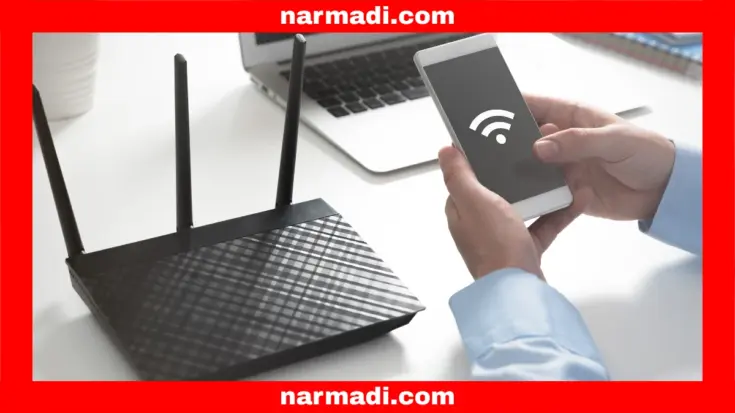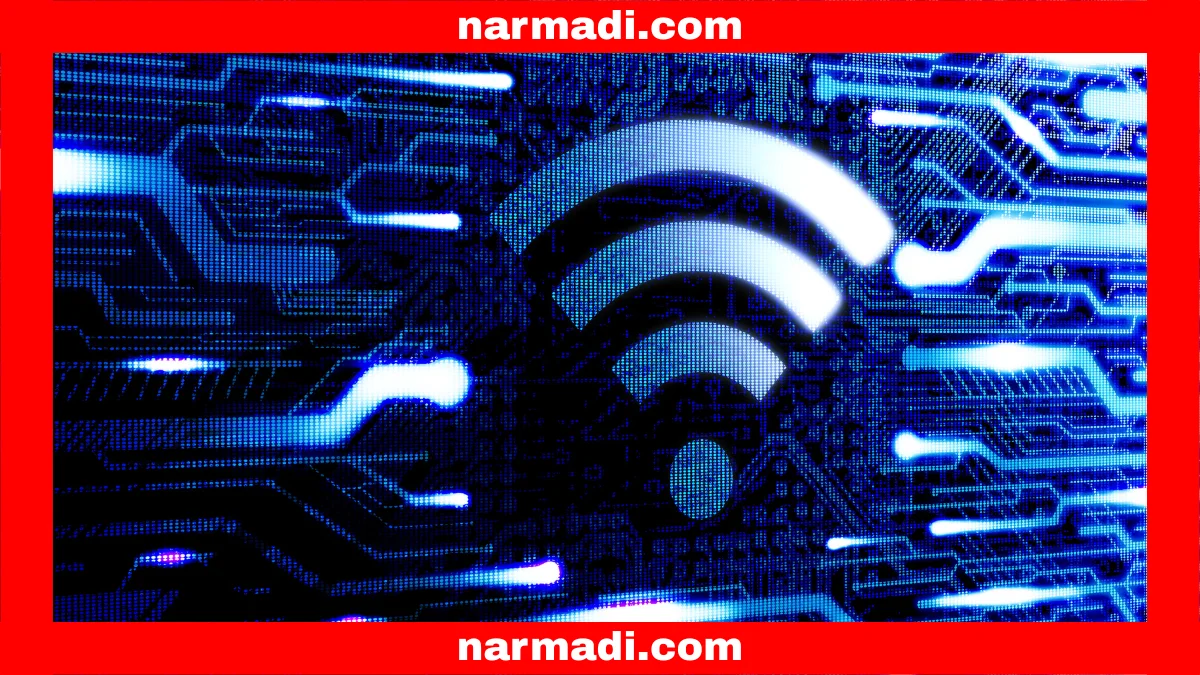Without realizing it, we are currently enjoying many benefits of wireless technology. But how much do you know about this technology?
Since its invention in the 19th century, wireless technology has continued to develop and penetrate various aspects of our lives. This technology also provides benefits in terms of ease of mobility, time efficiency, and global connectivity in everyday life.
This article will provide information about wireless technology, including its definition, history, benefits, and regulations. This way, you can learn more about this technology.
Also Read
Table of Contents
What Is Wireless?
Wireless is a communication technology that enables the transmission of data, voice, or video without the use of physical cables. Instead of wires, this technology utilizes electromagnetic waves such as radio signals, infrared, or even microwaves to transmit information.
An example is when you access the internet via WiFi at home; you are using a wireless network. This process enables your device to connect to the internet without requiring a cable to the router.
A Brief History

Exploring wireless technology also requires an understanding of its origins. This technology began in the 1860s when James Clerk Maxwell predicted and proved the existence of electromagnetic waves.
Heinrich Hertz followed suit by experimentally confirming the existence of electromagnetic waves in 1888. This discovery was the first step in the world of wireless communication. By the late 1970s, IBM and HP were testing Wireless LAN (WLAN) technology with data speeds of around 100 Kbps, which did not yet meet the IEEE 802 standard for LAN (1 Mbps).
In 1999, the first laptop with WiFi was launched. This marked the beginning of the widespread adoption of this technology in portable devices. Subsequently, home routers were introduced in the early 2000s. This sparked the popularity of WiFi in homes and public places, allowing many users to connect to the internet wirelessly.
By 2014 and beyond, WiFi had become ubiquitous. Almost every location had a hotspot, and many modern devices, such as smartphones, tablets, and gaming consoles, came equipped with WiFi capabilities. Today, wireless technology exists in various forms, such as Bluetooth and 5G, which form the backbone of modern devices.
How Does it Work?

Wireless technology works by transmitting data into electromagnetic waves, broadcasting them into the air, and having the receiving device capture the signal by converting it back into data. This process occurs in several stages and involves key elements that work in synergy.
Here is a detailed explanation of how it works:
- Modulation process: The transmitter converts digital data into electromagnetic waves.
- Signal transmission process: The process of electromagnetic waves being emitted through an antenna into the air.
- Reception process: The process of the receiving device capturing the emitted electromagnetic signals.
- Demodulation process: The process of converting the received electromagnetic wave signals back into digital data.
Benefits in Everyday Life
Wireless technology offers many benefits that make it indispensable in the modern era. Here are some of them:
- Easy mobility: Enables you to connect to the internet from anywhere. Smart devices can connect without cables. And mobility is increased without being tied down by wires.
- Time efficiency: Data transfer, streaming, and communication become faster and easier.
- Enhanced comfort: Eliminates messy cables, thereby increasing comfort.
- Global connectivity: With wireless technology, the world feels closer because you can connect with anyone around the globe.
Usage Regulations

Wireless technology that operates within a specific frequency spectrum. In every country, all WiFi-based wireless devices are required to have Radio Frequency (RF) Certification.
Wireless regulations require all radio frequency-based devices to meet certain technical standards before they can be sold in that country. This certification ensures that the product complies with government safety and quality regulations and does not interfere with other communication devices.
The certification process involves technical testing, including frequency adjustment, safety checks, and verification of compatibility with the surrounding environment. Once testing is complete, products that pass will be listed in a Test Report, confirming that they are safe and ready for sale. This report assures customers that the product meets technical standards and is secure.
For companies wishing to sell the wireless product, Product Compliance Specialists are available to assist with this process. This service includes preparing technical and legal documents, conducting the necessary testing, ensuring regulatory compliance, helping companies streamline the certification process, and providing consumers with confidence in certified products.











